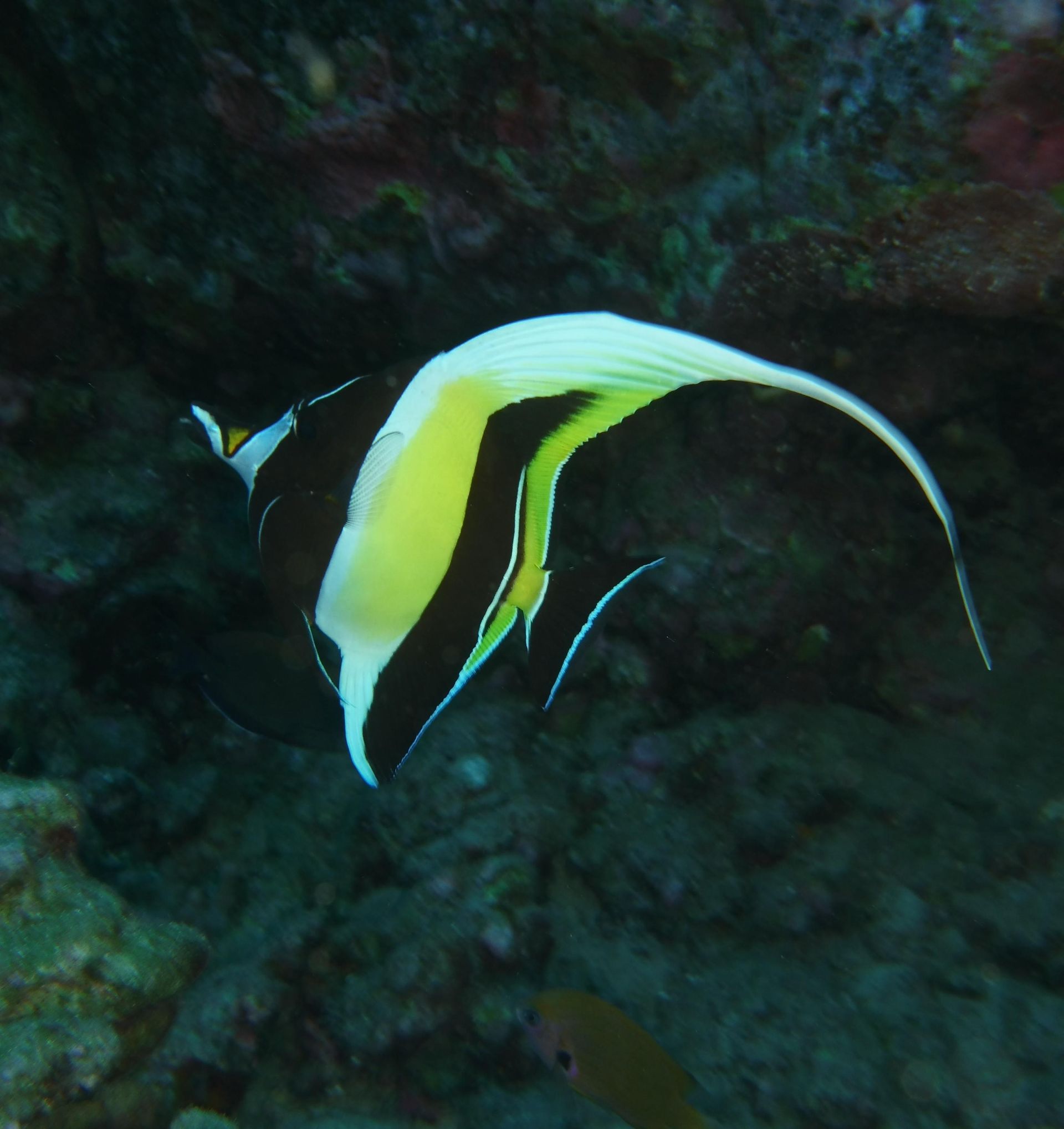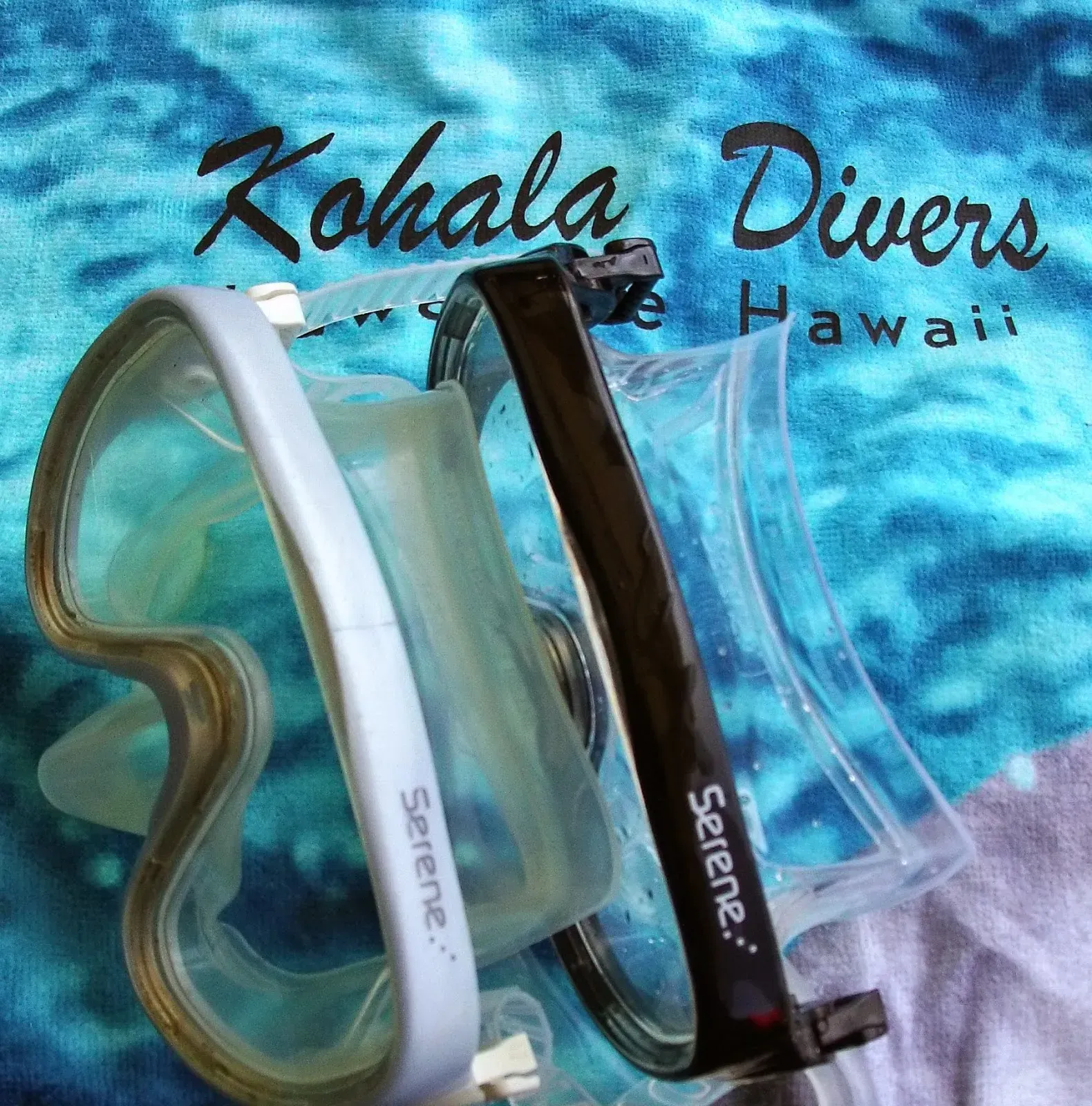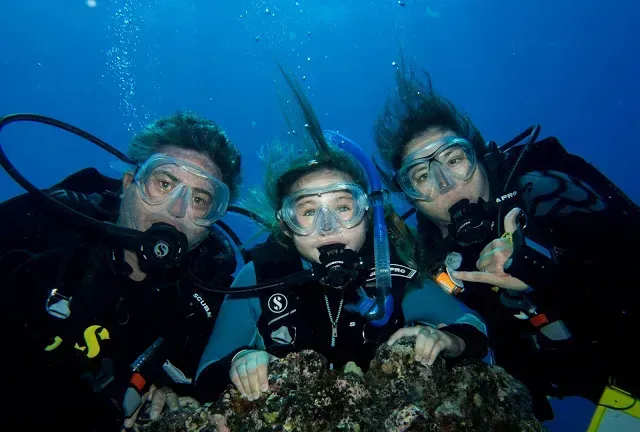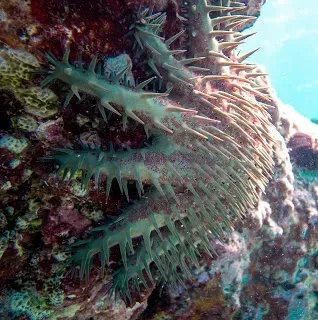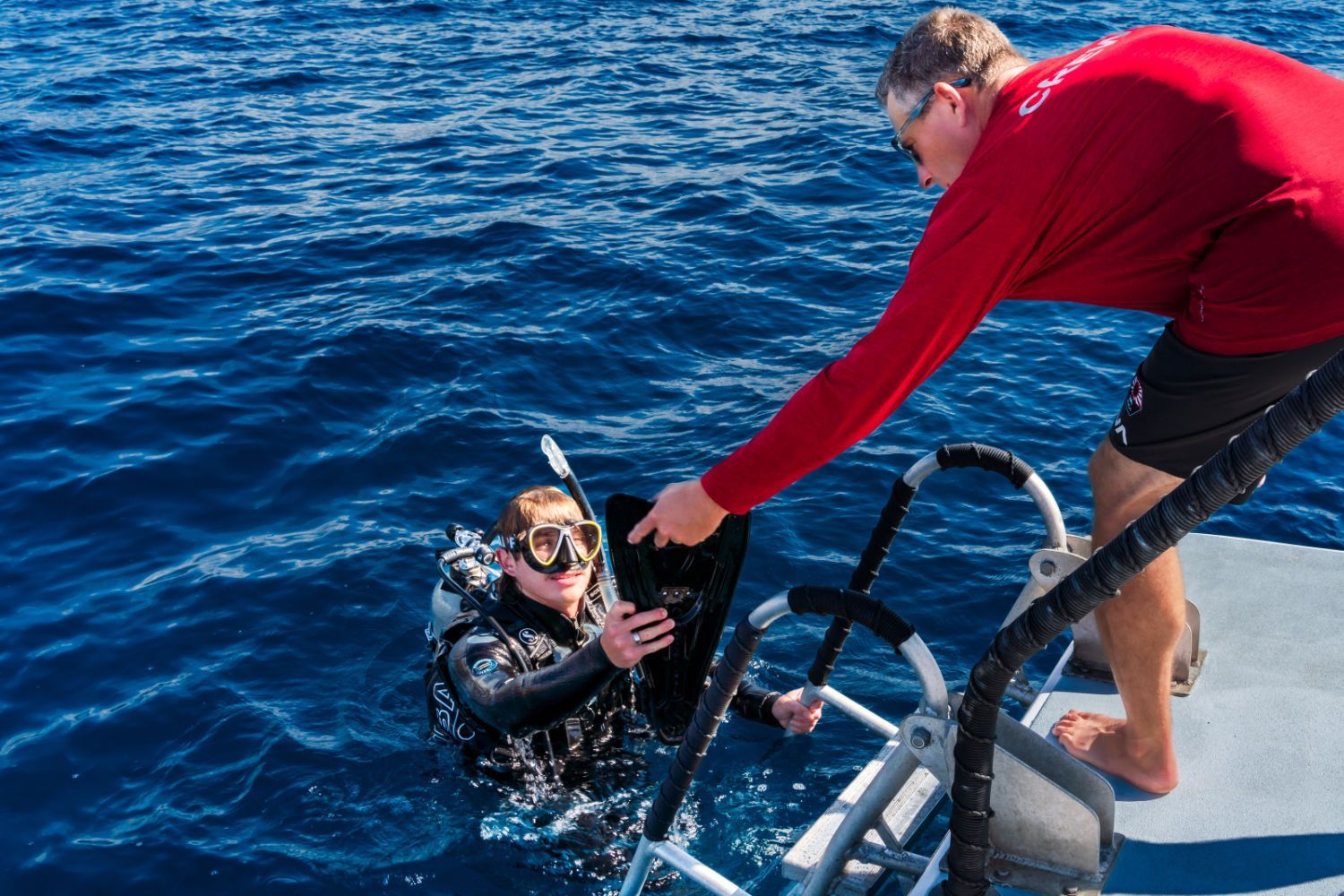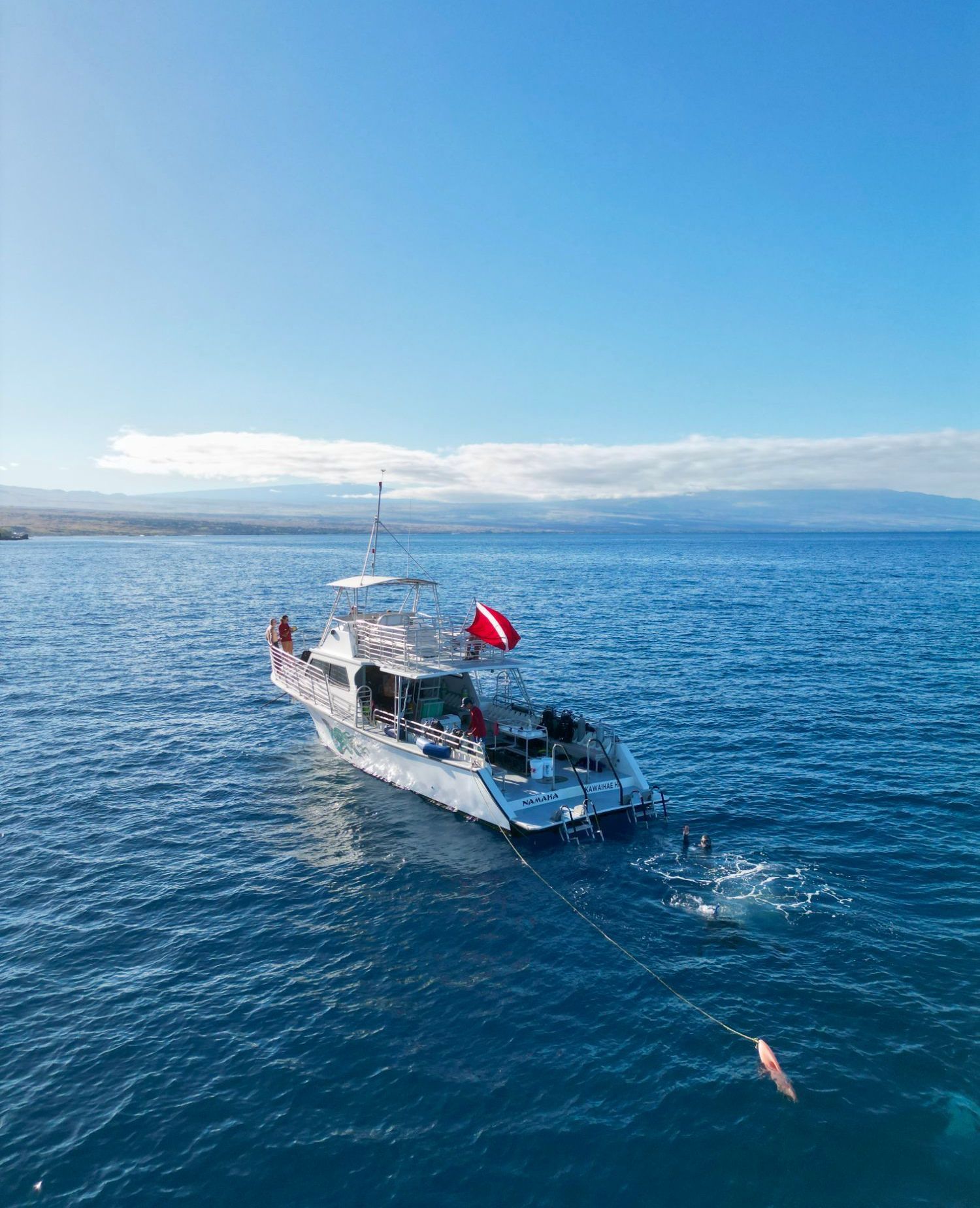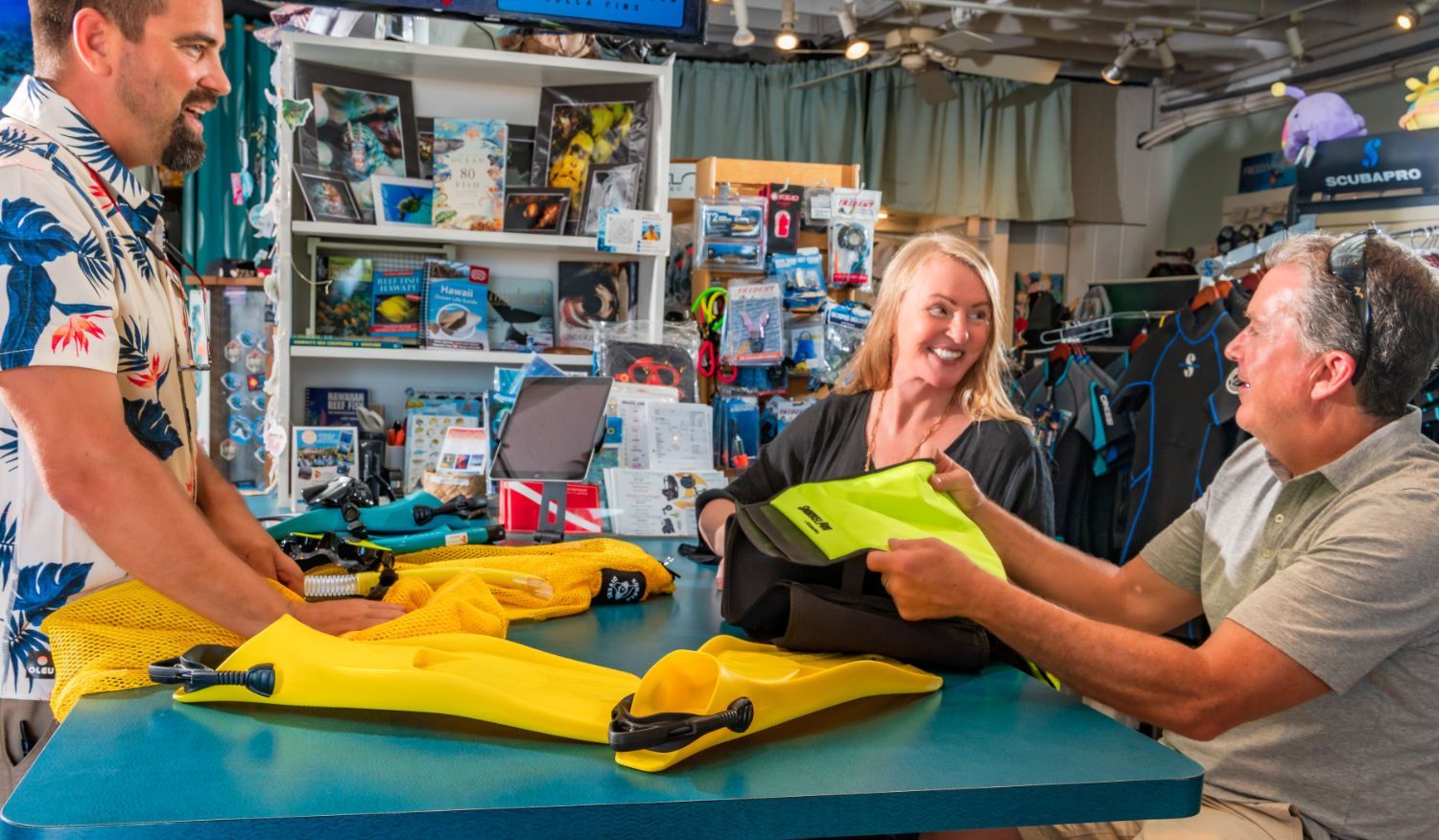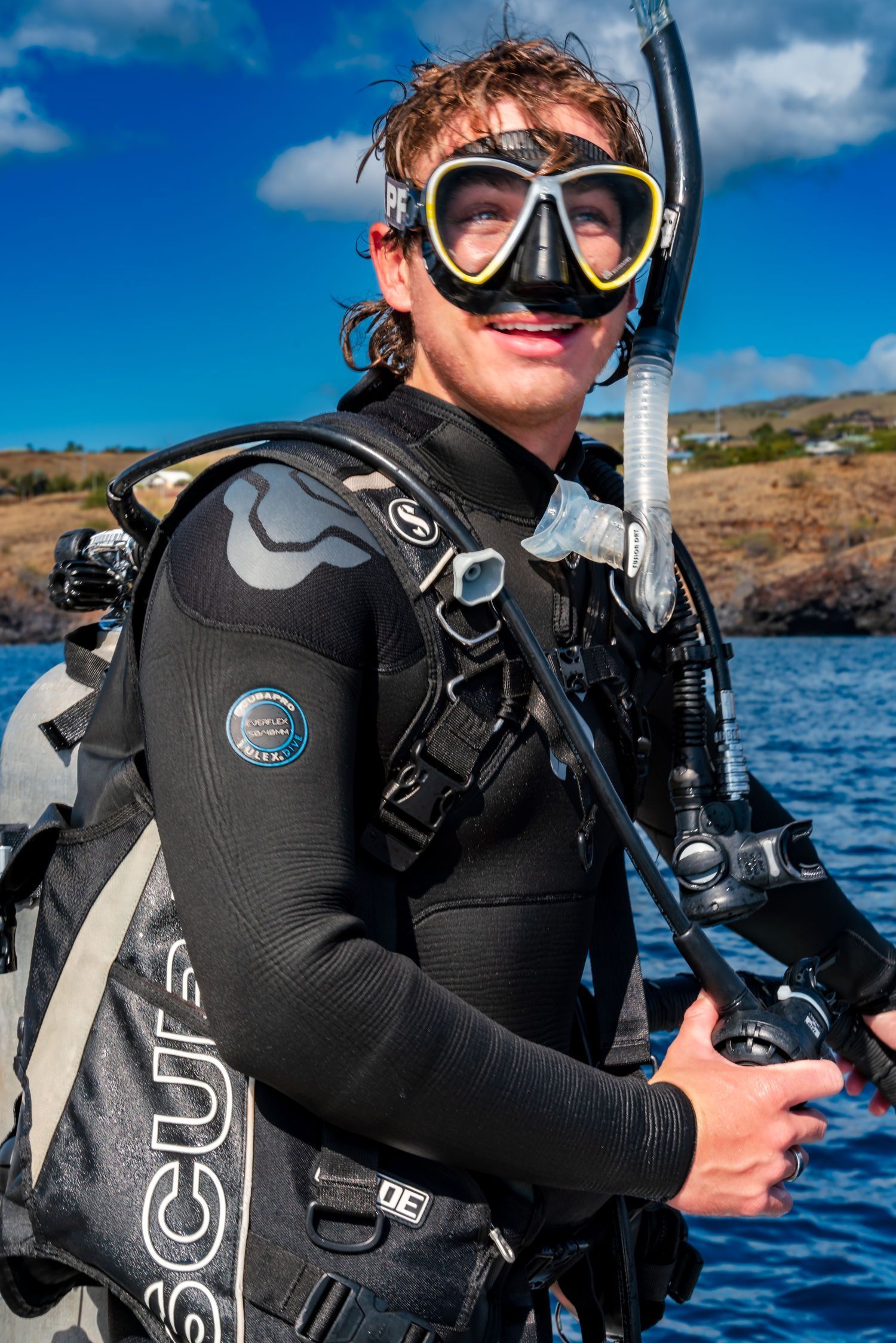Dive Blog
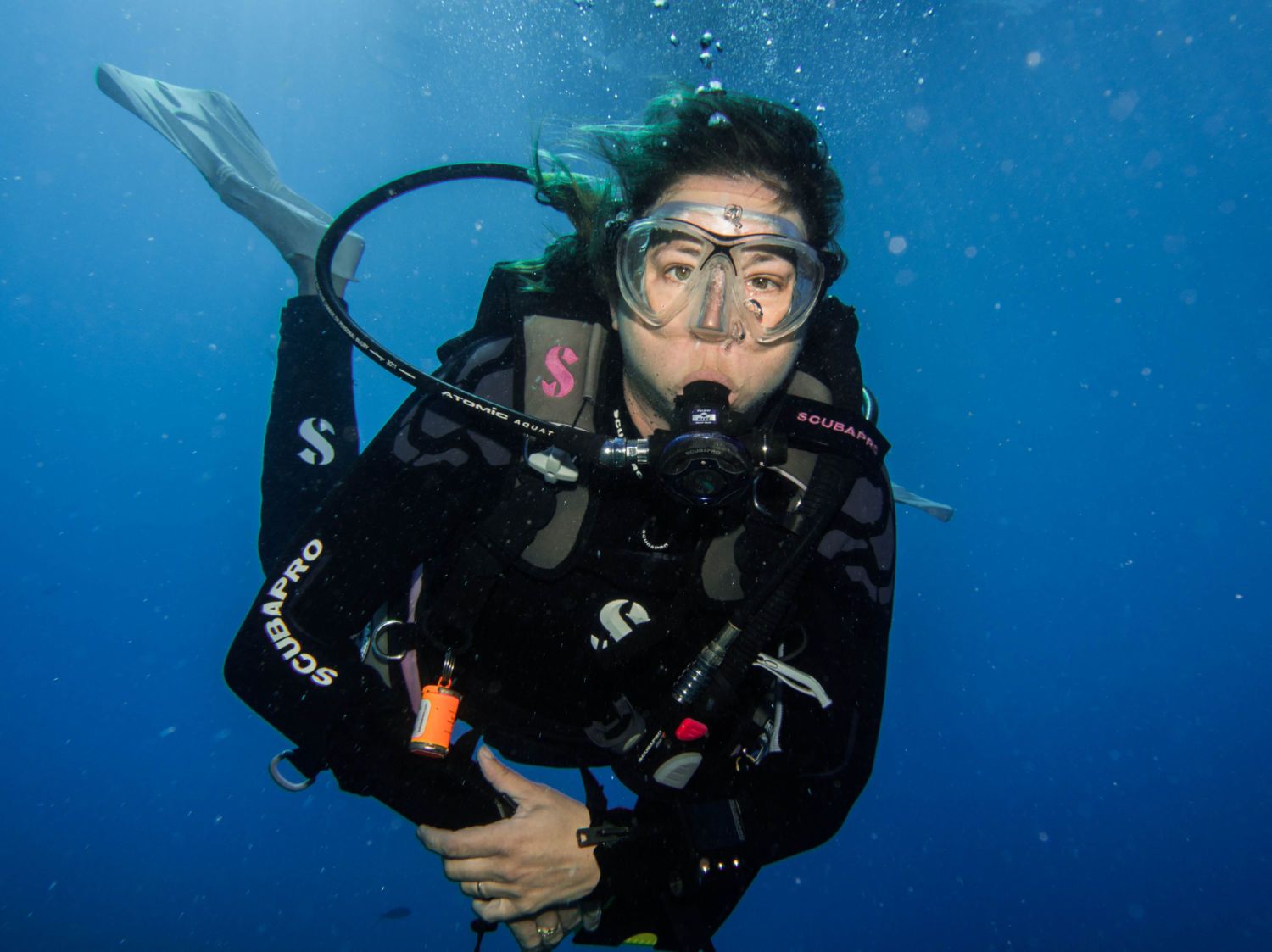
By Rebekah Kaufmann
•
June 25, 2025
I began my journey into Scuba as a very nervous participant. I did not consider myself a very adventurous person and was coerced by a significant other to try Scuba. I was living in the pacific Northwest. Surrounded by cold and mysterious salt water bays, sounds and canals. I was fascinated by everything about the underwater world except going into an environment inhospitable to human life. When I finally was convinced to sign up for an open water scuba class I was terrified. I read the PADI manual cover to cover twice before the first class (this was before eLearning existed) I was sure there was so much technical skill and memorization I’d need to master to make it out alive from my first dive. The night before my first session I called the instructor to tell him this just wasn’t for me. I was terrified and I was pretty sure I did not have the ability to survive the pool session the next day. He asked me to please give it a try. He didn’t want to break his record of no student quitting on him and would I just get in the pool and see what happens. No pressure to continue after that. I reluctantly agreed. I over thought every skill in the pool and awkwardly made it through the skills development sessions. My instructor kept reminding me “relax this is fun”. So far to me the stress of getting it right was over shadowing any fun to be had. The weekend finally came to do the open water check out dives. We were going to a popular “easy” shore diving spot called Illahee state park. It was a pebble beach with a long wooden dock with tall tar covered pilings with muscles and seaweed growing off of the stretches exposed from the low tide. It was early fall so air temperature was mild but still we poured ourselves into double layer 7mm farmer John style wetsuits to keep warm In the frigid 44 degree water of the puget sound. 7 mm hoods gloves and boots and I no longer felt, looked or moved like a human. Our class of 5 waddled towards the sea fins in hand following our instructor and his assistant. As we donned Fin’s and defogged our masks I was mildly panicking trying to reenact everything I’d learned and imagining (dreading) going below the black surface of this frigid water. The plan was to start descending near a piling for reference. We did our buddy checks. BWRAF which of course I’d memorized from my panic studying. The other students raised their deflators. And carelessly dropped below with the dive pros. I added more air to my BC and started to cry. The assistant instructor stayed below with the other comfortable divers and my instructor re emerged from below. Did you forget which button to push to release air he asked? “No” I said “but I think I’m pretty cozy right here. Did you see how pretty the sky is today? Up here. Where we can breathe air? Without monitoring it? “ He laughed and asked if we could just put our regulators in and hold the pier and just let our heads go under. See what it’s like down there. No pressure. We can come right back up. Well ok I could handle that. As I released the air from the BC I found I didn’t drop out of control like I’d feared. In fact I could control it by exhaling. I was still pretty wide eyed and in my head but it was ok. Then Jim my instructor pointed at the piling. There on a slimy black mound of algae was the most fluttery, colorful nudibranch you could imagine. Just slowly sliming his way along the pier. He had spiral spikes coming from his head and soft feathers coming from his back. I’d never seen anything like it. I moved closer and saw scattered below that was starfish in multiple colors laying over each other in a kaleidoscope of colors. Below that anemones opened and closed as they swayed in a gentle back and forth motion. Keeping to his word Jim gave me the thumbs up to signal we could kick back to the surface from the 8 feet we’d descended. Before I could even get the regulator out of my mouth I was babbling about how cool the slug was and did he see the starfish and what was that soft sock looking thing with tentacles. I was giddy. He just smiled. Want to join the others for open water dive one. YES. Once I got out of my head I enjoyed every minute under water. The sinking descent controlled by an exhale. The tiniest touch to your Bouyancy device allowing you to position and stay weightless. The ease of sipping just the air you need without thought. The sound of bubbles that take over the chatter from above. I’d found my happy place and I’ve never looked back. Fast forward 25 years later and I own a PADI 5 star dive business on the big Island of Hawaii. I’ve worked as a dive instructor for my entire career and now get to provide an environment for other budding instructors to live their passion and bring more new divers into the world of SCUBA. To this day my favorite part of teaching diving is to those that it doesn’t come easily to. Bring me your terrified, your nervous, your overthinking land lovers that are curious about what it’s like beneath the sea and willing to try something they are scared of. When my good friend Christine expressed interest in giving diving a try I was drop jawed. Since I’d known her she could barely get on a boat. Swimming in a 4 foot swimming pool conjured up fears of the megaladon for her. Perfect I thought. I’m always up for a challenge. Her drive to learn scuba was to be part of her family’s adventures since they were divers. Also she wanted to prove to herself she could face her fears. For many fear of deep water runs deep. Since it’s my passion to help new divers overcome fears and find peace underwater I wanted to learn more about where these fears come from. Here are the main reasons people fear deep water:
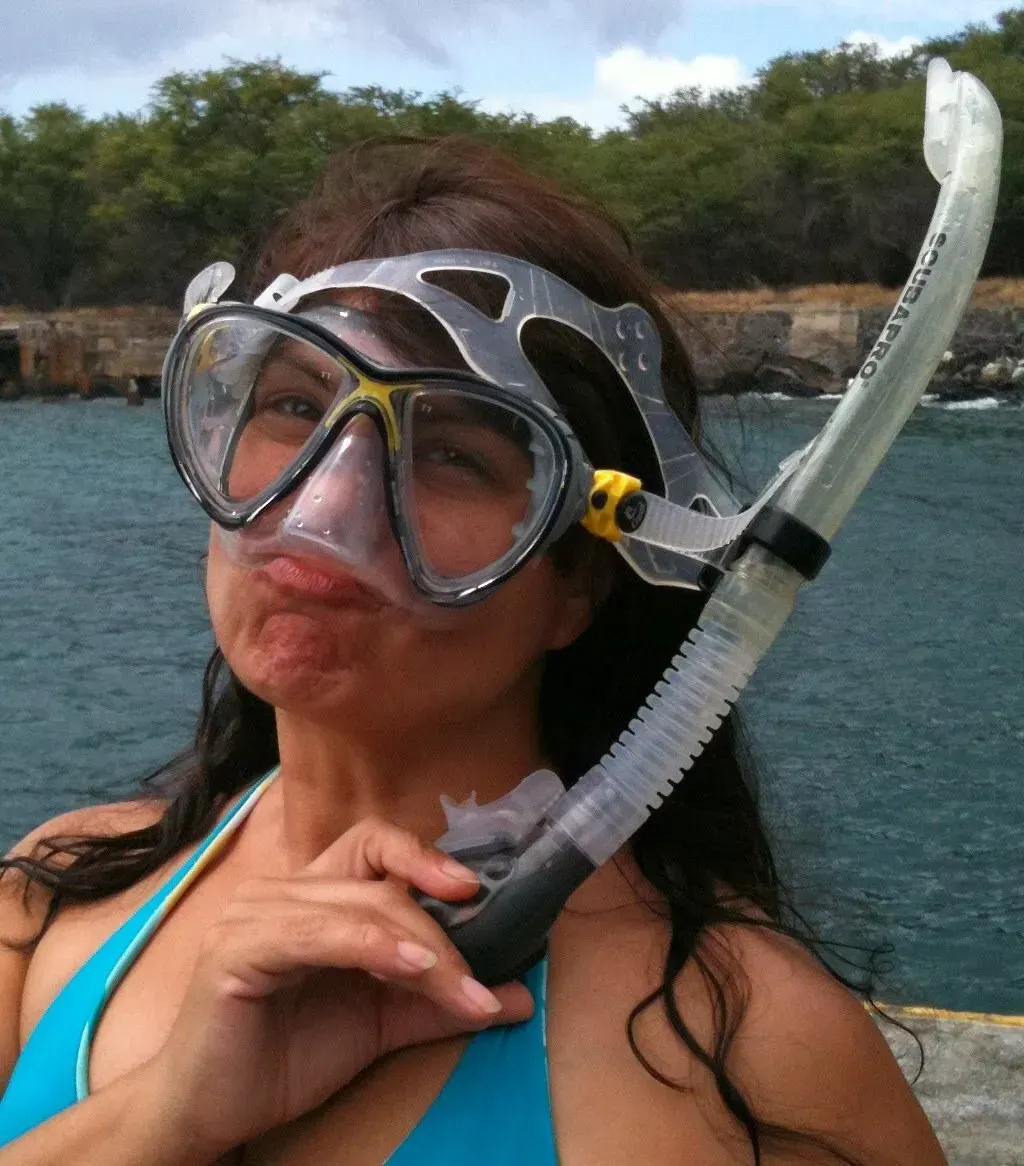
April 7, 2025
WRONG: Tina’s wondering if you used the 3-color swirl Aquafresh. This was old advice when toothpastes were grainy pastes, not colored gels. A brand-new mask is shipped with a protective layer of silicone covering to protect the lenses. If this coating is left on the new mask constantly fogs up. It is true that a new mask, and also a very dirty one, will benefit from a good scrub with a grainy but safe substance. We always scrub our customer’s masks with SeaBuff (a product available at the shop specifically made for new masks), or Softscrub (rinse well!), or a home-made paste of baking soda and water. Rinse very well, especially in the corners, because these substances can be harmful. “I used a lighter to burn off the silicone! Muh-ah-ha-ha!” Tina says, “YIKES. We are not in Mexico!” Sure, some pyromaniacs swear by a lighter to burn off and remove this silicone layer. But really: You are going to take a lighter to your new $100 mask? We are not convinced what they are wiping off is anything other than smokey lighter fluid residue. “Hey! I take care of my mask! I dunk it in the rinse bucket with my fins after every dive!” Well, good for you. You have now “rinsed” off the salt water and various ocean microbes… and replaced that with wetsuit shampoo, slightly diluted salt water and various ocean microbes, and maybe human pee. Put THAT on your face. Tina makes a Blue Dawn/ Alcohol/ water mix that we call Tina’s Magical Mask Mix. But at home, you can just use dish-washing soap like blue Dawn. It cuts the grease, sunscreen and makeup and restores the clarity of the silicone mask skirt. Tina nags us to do this with every mask. After every dive. Every day. And she is right. We scrub the soap into the silicone skirt, making sure to get the nose, sides, the second ridge along the skirt, and all the little pockets. Rinse with clear, fresh water and leave to dry. “There are tiny gouges and holes along the edge of my mask skirt!” If you live in Hawaii, then insects are chewing on your mask. It is like a salty, greasy gummi bear to those bugs. Face it: Wrapped in bacon and dipped in Ranch dressing and you would probably eat it, too. After a good cleaning and drying, store your mask in the box it came in- airtight and protected from hungry critters! Never store a dirty mask- set yourself up nicely for your next dive season. “Even after a good soapy wash, my mask skirt is beyond help. It is yellow, opaque, brittle, and even feels thicker than a new mask skirt!” A thick, yellow mask skirt has usually been stored with neoprene. Wetsuits, boots, and even neoprene mask straps that we love so much can off-gas in storage and ruin your mask. When storing your clean, dry mask in its original box, remove the neoprene strap or strap keeper! We like to seal ours in a ziplock bag and store it with your other neoprene in a separate spot. “And what about that mold?” Yuck. The black mold that grows in the edges! You could try the old Listerine soak, but be sure to rinse very well because Listerine can be corrosive to silicone. Or maybe taking it apart, according to manufacturers directions, and cleaning the parts. Or finally, the old stand-by: Switch to a black-skirted mask so the black mold doesn’t show! If left in your mask, the mold will eat away at the silicone until a pit develops, then a hole. Just ask Scott. Tina had to steal his mask and take it straight to the health department. Don’t make Tina call the Health Department on you! PRO-TIP : If you are de-fogging your mask by spitting in it, then you are causing that black mold in the corners! Ewwww! But stay tuned:



